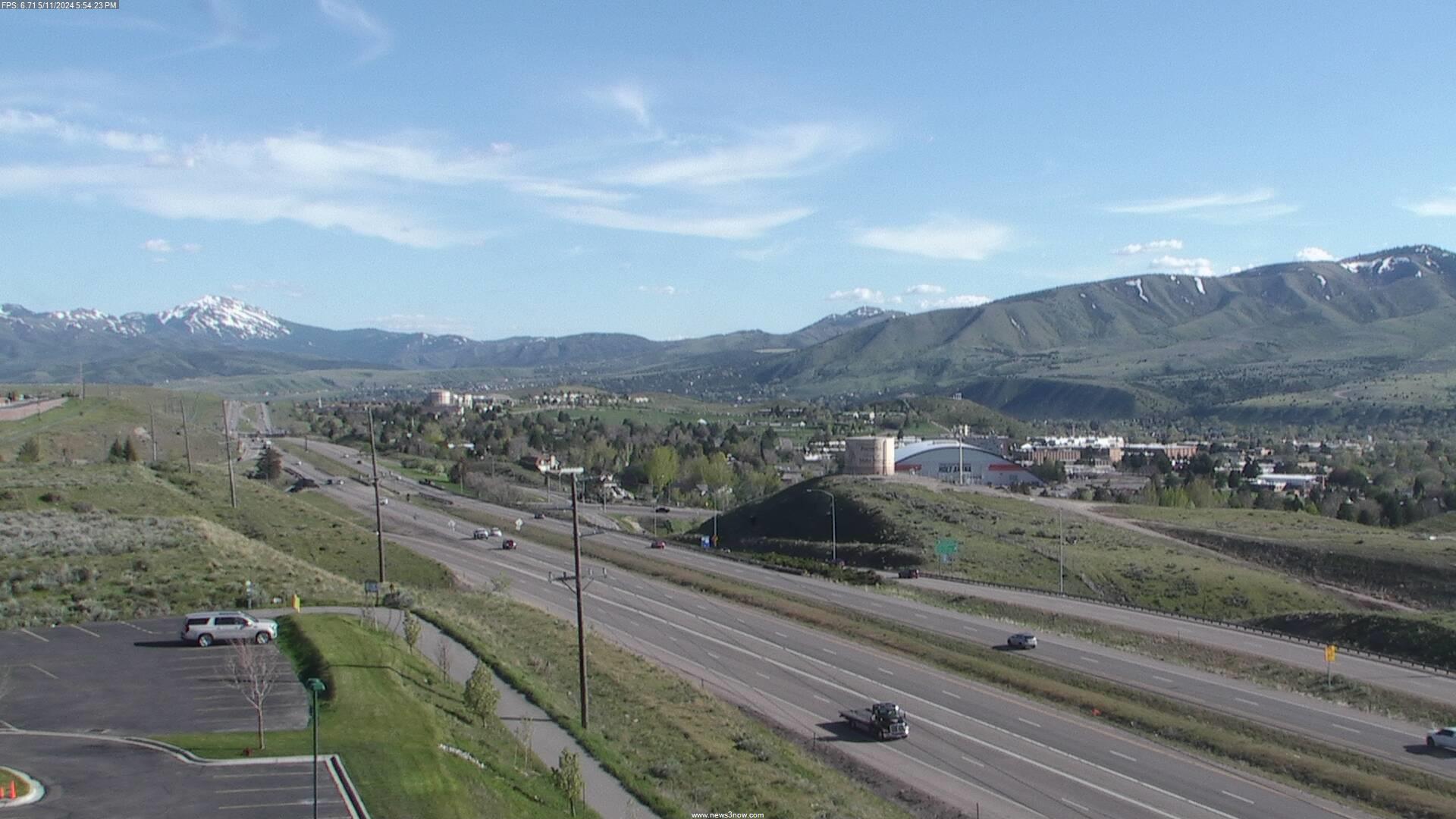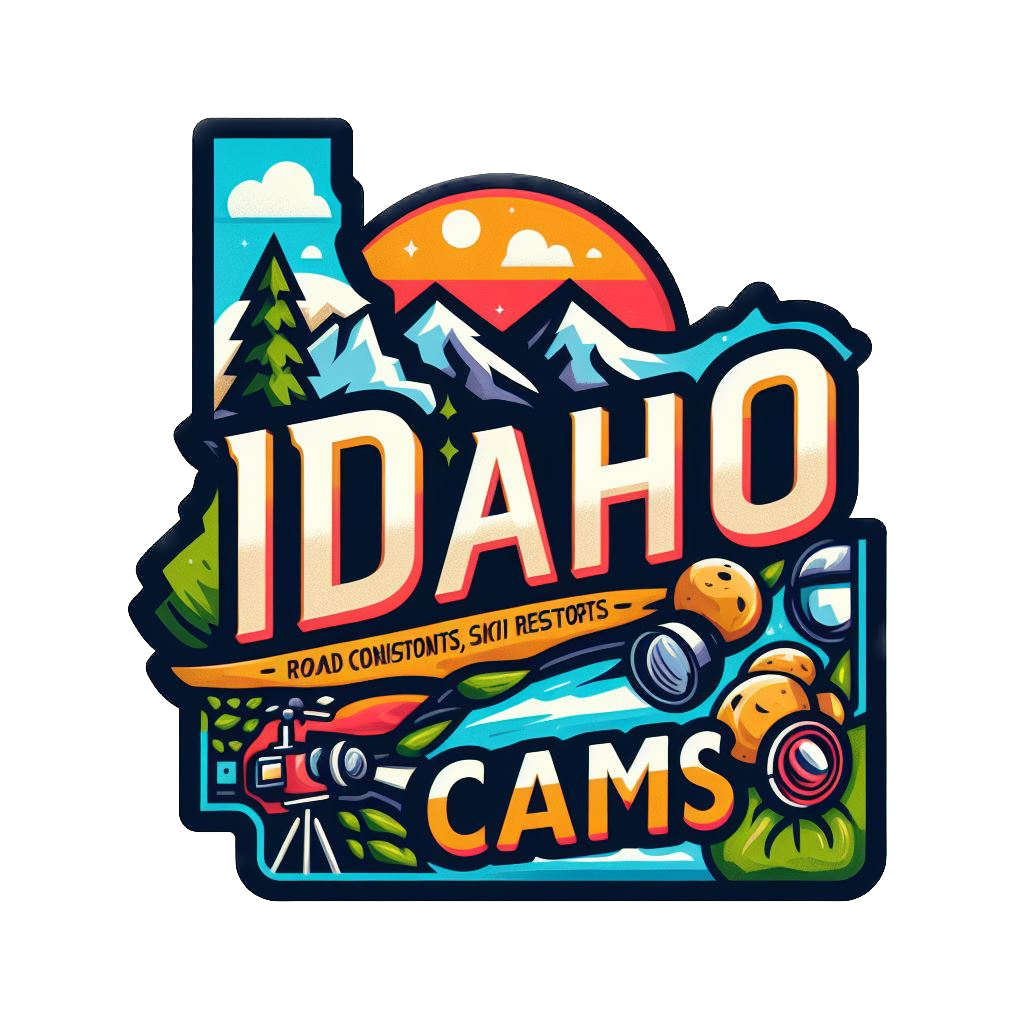Pocatello, ID Weather Cams
I-15 in Pocatello

Pocatello, Idaho: A Journey Through Time
Pocatello, ID Weather Cams. Nestled in the scenic foothills of southeastern Idaho, Pocatello stands as a testament to the enduring spirit of the American West. From its humble beginnings as a railroad town to its emergence as a vibrant modern city, Pocatello’s history is a tapestry woven with the threads of perseverance, innovation, and community spirit. This narrative traces the evolution of Pocatello over the centuries, from its Native American roots to its present-day status as a thriving cultural and economic center.
Native American Heritage
Long before the arrival of European settlers, the region that would become Pocatello was inhabited by Native American tribes, including the Shoshone and Bannock peoples. These indigenous communities thrived in the vast landscapes of southeastern Idaho, relying on the land’s rich resources for sustenance and shelter. The Portneuf River, which meanders through present-day Pocatello, served as a lifeline for the tribes, providing water for drinking, fishing, and irrigation.
The Native American presence in the area dates back thousands of years, with archaeological evidence revealing a deep connection to the land and a rich cultural heritage. The tribes’ traditions, stories, and knowledge of the natural world continue to influence Pocatello’s identity to this day.
Pioneer Settlement and the Oregon Trail
The mid-19th century saw the arrival of European-American settlers in the Pocatello area, drawn by the promise of fertile land and new opportunities in the American West. The Oregon Trail, a historic wagon route that stretched from Missouri to Oregon, passed through the region, bringing waves of pioneers seeking a better life in the frontier.
In 1862, Fort Hall, a trading post and military outpost, was established near present-day Pocatello. The fort served as a vital stopover for travelers on the Oregon Trail, providing supplies, shelter, and protection. The presence of Fort Hall spurred the growth of nearby settlements, laying the foundation for the future development of Pocatello.
The Railroad Era
The late 19th century brought a new era of growth and prosperity to Pocatello with the arrival of the railroad. In 1878, the Utah and Northern Railway, later part of the Oregon Short Line Railroad, reached the area, establishing a rail junction and depot. The construction of the railroad brought an influx of workers, merchants, and entrepreneurs to Pocatello, transforming it into a bustling hub of commerce and industry.
The railroad played a pivotal role in Pocatello’s development, facilitating the transportation of goods, passengers, and resources across the region. The town’s strategic location along the rail line made it a vital center for trade and transportation, fueling its rapid expansion and economic growth.
Incorporation and Expansion
Pocatello officially incorporated as a city in 1889, marking a significant milestone in its history. The town’s population continued to grow as settlers flocked to the area, drawn by the promise of land, employment, and opportunity. The completion of the Oregon Short Line Railroad’s main line through Pocatello further solidified its status as a key transportation hub in the Intermountain West.
During this period, Pocatello experienced a boom in construction and development, with new businesses, schools, and civic institutions springing up across the city. The downtown district thrived with a bustling commercial center, while residential neighborhoods expanded outward from the city center.
Industrialization and Diversification
The early 20th century brought further industrialization and diversification to Pocatello’s economy. The establishment of manufacturing facilities, including sugar beet processing plants and meatpacking facilities, provided employment opportunities for local residents and contributed to the city’s economic vitality.
Pocatello also became home to Idaho State University, founded in 1901 as the Academy of Idaho. The university played a significant role in shaping the city’s cultural and intellectual landscape, offering educational opportunities and fostering innovation and research.
World War II and Postwar Growth
World War II brought new challenges and opportunities to Pocatello. The city’s industrial base expanded to support the war effort, with local factories producing munitions, aircraft components, and other essential supplies. The nearby Pocatello Army Airfield, later renamed the Pocatello Regional Airport, served as a training base for military pilots, further boosting the local economy.
After the war, Pocatello experienced a period of postwar growth and prosperity. The return of veterans, coupled with a booming economy, fueled construction and development projects across the city. Suburban neighborhoods expanded, and new businesses and industries emerged, solidifying Pocatello’s position as a regional center of commerce and culture.
Challenges and Renewal
In the latter half of the 20th century, Pocatello faced challenges common to many American cities, including economic downturns and urban decay. The decline of traditional industries such as railroads and manufacturing led to job losses and population decline in some areas of the city. However, Pocatello’s resilient spirit and proactive community leadership helped pave the way for renewal and revitalization.
Efforts to diversify the economy and attract new businesses and industries paid dividends, leading to renewed investment and development in downtown Pocatello and surrounding areas. The city’s historic neighborhoods were revitalized, and cultural amenities such as museums, theaters, and parks enhanced the quality of life for residents and visitors alike.
Modern Pocatello
Today, Pocatello is a thriving modern city that blends its rich history with a vibrant present. The city’s diverse economy includes healthcare, education, manufacturing, and technology, providing opportunities for innovation and growth. Idaho State University continues to be a cornerstone of the community, while the city’s natural beauty and outdoor recreation opportunities attract visitors from far and wide.
Pocatello’s commitment to sustainability and community engagement ensures that it remains a welcoming and inclusive place for residents and visitors of all backgrounds. As the city looks to the future, it continues to build upon its legacy of resilience, innovation, and community spirit, shaping a brighter tomorrow for generations to come.
For more information, visit the official Pocatello, ID website.
Pocatello, ID Weather Cams
For more information on nearby Interstate Hwy. 86 check here.
